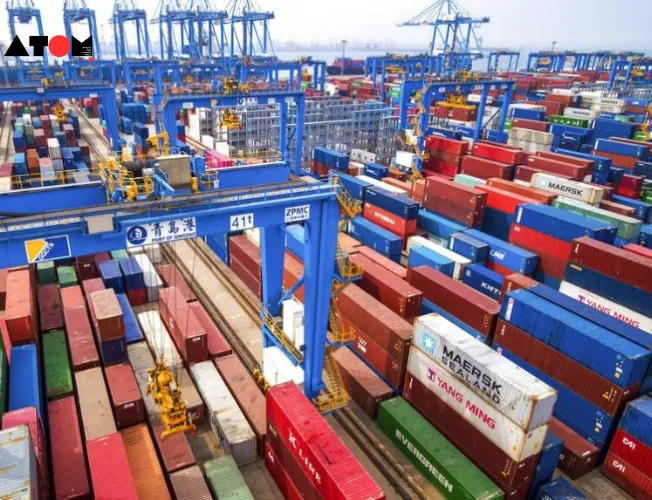The World Bank has revised down India’s GDP growth forecast for the fiscal year 2023-24 to 6.3% from an earlier estimate of 6.6%. High borrowing costs and slower income growth are cited as key factors behind this downgrade.
Reasons for Downgrade
The World Bank highlighted that high borrowing costs and slower income growth in India, the largest economy in South Asia, are expected to dampen consumption and lower growth to 6.3% in FY 2023/24. Hans Timmer, the World Bank’s Chief Economist for South Asia, emphasized that weak consumption, tightening fiscal policies, and limited utilization of potential are the main reasons for the downward revision.
Challenges and Opportunities in India’s Economy
Timmer noted that India’s financial sector is comparatively healthier than in other South Asian countries, with banks in good shape and healthy credit supply. However, challenges persist, including low female labor force participation and the need for structural reforms to make growth more inclusive and increase participation.
Structural Agenda and Reform Requirements
He stressed the importance of addressing the structural agenda in India, including increasing female labor force participation, improving productivity in the informal sector, and implementing reforms to attract foreign private investment, particularly in the services sector. Additionally, Timmer highlighted the challenge of climate change and the need for India to prepare for changing climate conditions and mitigate global emissions.
Economic Outlook for South Asia
The World Bank’s report also provided insights into the economic outlook for other countries in the South Asia region. It mentioned that all countries in the region, except Bhutan, have downgraded their growth forecasts. Pakistan is projected to experience a growth rate of 0.4% due to various challenges, including supply chain disruptions and higher borrowing costs. Sri Lanka’s GDP is expected to contract by 4.3% due to the lasting impact of the macro-debt crisis, while Maldives and Nepal are experiencing growth supported by the resumption of tourism and migration.
Call for Reforms
Martin Raiser, World Bank Vice President for South Asia, emphasized the need for countries in the region to focus on reforms aimed at building resilience and boosting medium-term growth. He urged them to move away from ad hoc measures and prioritize structural reforms to address socio-economic divides and promote long-term economic growth.
Inflation and Food Insecurity
The report highlighted that inflation in South Asia is expected to fall to 8.9% this year and below 7% in 2024. However, weaker currencies and delayed domestic price adjustments are contributing to a slower decline in inflation. Elevated global and domestic food prices are also increasing food insecurity for the region’s poor, emphasizing the need for measures to address socio-economic disparities.
Read more: Marketing News, Advertising News, PR and Finance News, Digital News.





